Thuja aka Arborvitae
- Parts Used: Young twigs
- Constituents: 1% volatile oil including thujone, flavonoid glyoside, musilage, tannin.
- Actions: Expectorant, Stimulant to smooth muscles, Diuretic, Astringent, Alterative, Anthelmintic, Diaphoretic, Emmenagogue
- Cautions: Avoid during pregnancy. Taken in excess the essential oil can produce unpleasant results; it was officially listed as an abortifacient and convulsant in overdose.
Thuja is a genus of coniferous trees in the Cupressaceae (cypress family). There are five species in the genus, two native to North America and three native to eastern Asia.
- White Cedar – Thuja occidentalis
- Western Red Cedar – Thuja plicata
- Korean Thuja – Thuja koraiensis
- Japanese Thuja – Thuja standishii
- Sichuan Thuja – Thuja sutchuenensis
Members are commonly known as arborvitaes, (from Latin for tree of life) Thujas or Cedars. The name Thuja is a latinized form of a Greek word meaning ‘to fumigate,’ or thuo (‘to sacrifice’), for the fragrant wood was burnt by the ancients with sacrifices. The tree was described as ‘arbor vita ‘ by Clusius, who saw it in the royal garden of Fontainebleau after its importation from Canada.
The Basics
Most of the herbal information I found on Thuja refers specifically to Thuja occidentalis – White Cedar, or Arborvitae – but it is possible that the other varieties share similar characteristics and qualities.
- It is important not to confuse the Western Red Cedar (Thuja plicata) with the Eastern Red Cedar (Juniperus virginiana) as the two are quite different.
The name arborvitae is particularly used in the horticultural trade in the United States. It is Latin for “tree of life” – due to the medicinal properties of the sap, bark, and twigs. Despite its common names, it is not a true cedar in the genus Cedrus, nor is it related to the Australian white cedar, Melia azedarach.
Thuja is used for respiratory tract infections such as bronchitis, bacterial skin infections, and cold sores. It is also used for painful conditions including osteoarthritis and a nerve disorder that affects the face called trigeminal neuralgia.
Some people use Thuja to loosen phlegm (as an expectorant), to boost the immune system (as an immunostimulant), and to increase urine flow (as a diuretic). It has also been used to cause abortions.
Thuja is sometimes applied directly to the skin for joint pain, ostearthritis, and muscle pain. Thuja oil is also used for skin diseases, warts, and cancer; and as an insect repellent.
In foods and beverages, Thuja is used as a flavoring agent. In manufacturing, Thuja is used as a fragrance in cosmetics and soaps.
According to WebMD, Thuja contains chemicals that might fight viruses. It also contains a chemical called thujone that can cause brain problems.
Habitat and Cultivation
The twigs of this evergreen conifer can be gathered all year round, but are best during the summer.
Naturally grows in swamps and cool rocky banks of streams, forming dense almost impenetrable forests. Also found on rocky soils. Plants are usually found on neutral to alkaline limestone soils.
A native of the United States and Canada, Arborvitae, a handsome evergreen ornamental is well known and extensively used in garden plans. Although a slow grower, it can reach 60 feet, retaining its dense, pyramidal form. It is a hardy evergreen of the pine family with dense, scale-like foliage, waxy to the touch, and fragrant. It does best in a cool location in moist, sandy loam. In a dry situation, it will suffer from both heat and cold.
The arborvitaes are used for foundation planting, as screens, and to shelter more tender plants. They are frequently selected for hedge plantings because their slow growth and compact form requires less trimming.
- Cuttings of half-ripe wood, 5 – 8cm with a heel, July/August in a shaded frame. Forms roots by the end of September but it should be overwintered in a frame.
- Cuttings of almost ripe wood, 5 – 10cm with a heel, September in a cold frame. Forms roots in the following summer. Plant out in autumn or spring.
Seed is best sown when ripe in the autumn in a cold frame. Stored seed germinates best if given a short cold stratification. It can be sown in a cold frame in late winter. When they are large enough to handle, prick the seedlings out into individual pots and grow them on in the greenhouse for their first winter. Plant them out into their permanent positions in late spring or early summer, after the last expected frosts. If growing large quantities of plants, the seed can be sown in an outdoor seed bed in mid spring. Grow the plants on for two years and then plant them out into their permanent positions in late autumn or early spring.
Medicinal Uses
The recently dried leafy young twigs are alterative, anthelmintic, anti-inflammatory, antiseptic, aromatic, astringent, diaphoretic, diuretic and emmenagogue. The odor is pungent and balsamic and the taste bitter, resembling camphor and terebinth.
Most of these uses of arborvitae were discovered by Native Americans and passed along to the white settlers. For many years, arborvitae leaves and twigs were officially accepted drug botanicals. Later, these plant parts were superseded by the distilled oil in the official pharmacopoeia, the oil being used as a heart and uterine stimulant, as well as a general stimulant, irritant, and antiseptic.
American arbor-vitae was much used by many native North American Indian tribes as a medicine to treat fevers, coughs, headaches, swollen hands and rheumatic problems.
Thuja’s main action is due to its stimulating and alterative volatile oil. In bronchial catarrh Thuja combines expectoration with systemic stimulation, which is beneficial if there is also heart weakness. A tea made from the leaves is used in the treatment for bronchitis and other respiratory problems, colds, headaches and as a cough syrup.
The plant can be used to induce menstruation and so should not be prescribed for pregnant women. It has a specific reflex action on the uterus and may help in delayed menstruation. The plant is being used internally in the treatment of cancer, especially cancer of the uterus.
Due to the presence of the neurotoxic compound thujone, internal use can be harmful if used for prolonged periods or while pregnant.
Where urinary incontinence occurs due to loss of muscle tone, Thuja may be used. The plants diuretic properties make it useful in treating acute cystitis and bed-wetting in children.
It has a role in the treatment of psoriasis and rheumatism.
The plant has an established antiviral activity and is most commonly used in modern herbalism to treat warts and polyps, being prescribed both internally and externally for these conditions.
The leaves and tops are used for chronic cough, fever, and gout. An infusion made of one ounce of the tender leaves to a pint of boiling water may be taken a tablespoon at a time as a diuretic, emmenagogue, and uterine stimulant. The twigs have been used to make teas to relieve constipation and headache.
Applied externally, it is said to remove warts and fungoid growths. As a counter-irritant, it is useful for relief of muscular aches and pains. A salve for external application can be made by boiling a quantity of the leaves in lard.
The leaves are used in steam baths in the treatment of rheumatism, arthritis, colds etc. Externally, the leaves are used as a wash for swollen feet and burns. Extracts of the leaves can be painted on painful joints or muscles as a counter-irritant, improving local blood supply and thus facilitating the removal of toxins, easing pain and stiffness.
A tincture of the leaves has been used in the treatment of warts, piles, bed sores and fungal infections. The leaves and young twigs can be harvested as required and used fresh or dried.
A tea of the inner bark is used to promote menstruation and in the treatment of consumption and coughs. A homeopathic remedy is made from the leaves and twigs, gathered when the tree is flowering. It is used in the household as a treatment against warts, but also has a range of other applications that should only be prescribed by a competent homeopath.
Preparation and Dosage
- Infusion: Pour 1 cup boiling water onto 1 teaspoonful of the dried herb and leave to infuse for 10 to 15 minutes. This should be drunk three times a day.
- Tincture: Take 1 to 2 l of the tincture three times a day.
- Basic Instructions: Basic and easy to follow instructions on how to make a variety of herbal preparations can be found here: How-To
- Combinations: When used in pulmonary conditions it may be combined with Senega, Grindelia or Lobelia.
Arborvitae Essential Oil
The odor of the essential oil is pungent, almost over-powering. It is matched by a strong bitter taste. “Oil of white cedar”, obtained from the leaves, is an essential oil that is antiseptic, expectorant and rubefacient. It is used internally to promote menstruation and relieve rheumatism.
This volatile oil is toxic and poisoning from overdoses has occurred, it should only be taken internally under the supervision of a qualified practitioner and should not be prescribed for pregnant women. The oil also stimulates the heart and causes convulsions in high doses.
In the 19th century, T. occidentalis extract was in common use as an externally applied tincture or ointment for the treatment of warts, ringworm, and thrush. An injection of the tincture into venereal warts is said to cause them to disappear.
Arborvitae Aromatherapy
Turn Arborvitae oil into a household spray with this easy do-it-yourself. Add a few drops of Arborvitae essential oil into a spray bottle and add water. Use this spray on surfaces or on hands. Arborvitae oil is a powerful cleansing and purifying agent. By incorporating this spray into your home, you can protect yourself and your family against seasonal and environmental threats while keeping your house fresh and clean.
Arborvitae essential oil has the ability to inspire feelings of peace and calm. If you are looking for a great way to unwind after a long day, place a few drops of Arborvitae oil into a diffuser or rub a drop of Arborvitae oil onto your wrists to produce a sense of peace and calm. Additionally, using Arborvitae essential oil during yoga or Pilates can increase the effectivity of your experience by inducing feelings of soothing relaxation. Diffusing Arborvitae essential oil can also help purify the air and provide a grounding aroma.
Bring your furniture back to life with this DIY Wood Polish with essential oils. If you want to keep wood looking fresh and clean, it is important to invest in proper cleaning supplies and a good routine. One of the most effective ways to clean wood is by using a wood polish that is natural and free of any harmful chemicals. Many commercial wood polishes contain chemicals and artificial fragrances that can cause irritation or health problems when not applied with proper safety precautions. Follow the instructions to this homemade solution to create a natural wood polish that is free of harmful toxins.
Wood furniture should only be polished every couple of months, but make sure to maintain the look and quality of your wood furniture by frequently dusting it or wiping it with a damp microfiber cloth. This will help to keep dust and damaging substances away from the wood and will help keep the wood from looking aged.
Create your own musky outdoor cologne with Arborvitae essential oil. Arborvitae oil’s aroma is woody and warm and when combined with Cedarwood and Frankincense, provides an invigorating aroma, perfect for a fresh cologne scent. Using these oils together will create a great cologne for any occasion and will also produce a fragrance that uplifts and relaxes the senses.
Arborvitae essential oil blends well with Birch, Cedarwood, Cassia, Cinnamon Bark, and Eucalyptus essential oils for diffusion.
Scientific Research
Thuja’s immune supporting potential has been evaluated in numerous in vitro and in vivo investigations. It can assist in the support of healthy drainage of the lymphatic system.
- Common cold.
Research suggests that taking a specific product containing vitamin C and extracts of Thuja, echinacea, and wild indigo (Esberitox) by mouth for 7-9 days improves cold symptom severity and overall well-being in people moderate cold symptoms.
- Cold sores.
Early research suggests that taking a specific product containing vitamin C and extracts of Thuja, echinacea, and wild indigo (Esberitox) by mouth reduces itchiness, tension, and pain people with cold sores.
- Low white blood cell count (leukopenia).
Early research suggests that taking a specific product containing vitamin C and extracts of Thuja, echinacea, and wild indigo (Esberitox N) by mouth in improves white blood cell counts in people with low numbers of white blood cells after having received chemotherapy for 6 months or less. However, it does not seem to improve white blood cell counts in people who received chemotherapy for longer time periods. Also, other research suggests that Esberitox N does not improve white blood cell counts when used by women receiving radiation treatment.
- Nasal swelling (sinusitis).
Early research suggests that taking a specific product containing vitamin C and extracts of Thuja, echinacea, and wild indigo (Esberitox) by mouth for 20 days improves nasal blockage and general well-being in people with sinusitis who are also taking antibiotics.
- Sore throat (tonsillitis).
Early research suggests that taking a specific product containing vitamin C and extracts of Thuja, echinacea, and wild indigo (Esberitox) by mouth for 2 weeks, along with the antibiotic drug erythromycin, reduces symptoms and improves well-being and recovery in people with tonsillitis better than taking erythromycin alone.
Folk Names
- Hackmatack
- Grandmother Cedar
- Lebensbaum
- Nookomis Giizhik
- Swamp Cedar
- Tree of Life
- Yellow Cedar
Magickal Uses
- Ruler: Sun, Venus
- Type: Evergreen Tree
- Magickal Form: Bark chips, Twigs and Branch tips, Essential Oil
One of the holiest of woods, cedar is considered feminine and receptive in nature. Cedar denotes great beauty, majesty, and strength. It is highly protective when worn and draws money, good health, and well-being when burned. Cedar wood and bark appear in spells where benevolent power is needed.
Add to love potions when strength is needed to overcome hardships. Cedar opens up intuitive channels and brings forth compassion and humility. It is a true symbol of prosperity.
To move a person out without hurting him, cut three Cedar branches, one three feet long and the others one foot long. Carry them to the person’s house and lay the long branch on the pathway, touching the front door and pointing to the street. Place the two short branches crosswise to this, at equal distances from each other to make a “double cross” shape. As you lay down the branches say: Now you will move by Faith (first branch). Hope (second branch). and Charity (third branch). Then walk away.
To rent a room put oil of Cedar on the doorknob. People who come to see the room, will touch the doorknob and they will be more inclined to rent it.
To make the one you love follow you, wrap a fresh fig leaf tightly around a strip of Cedar bark and wrap a leaf torn fro the Bible tightly around them both. Carry this on you, and your lover will follow you if you move.
History and Lore
White Cedar is a tree with important uses in traditional Ojibwe culture. Honored with the name Nookomis Giizhik (“Grandmother Cedar”), the tree is the subject of sacred legends and is considered a gift to humanity for its myriad uses, among them crafts, construction, and medicine.
A nice native American story about the Cedar can be found here: The Story Of Cedar.
It is one of the four plants of the Ojibwe medicine wheel, associated with the north. White-cedar foliage is rich in Vitamin C and is believed to be the annedda which cured the scurvy of Jacques Cartier and his party in the winter of 1535–1536. There are some reports that the Ojibwa made a soup from the inner bark of the soft twigs.
An Edible Herb
- Pith of young shoots – cooked.
It can be added to soups. Pleasantly sweet, the pith was used as the basis of the soup according to one report.
- Inner bark – cooked.
It is only used in times of emergency or scarcity. The inner bark can be dried and ground into a powder, then used with wheat or other cereals in making bread, biscuits etc.
- The leafy branchlets – steeped.
The leafy tips are used as a tea substitute but are probably best avoided by pregnant women. Another report says that the foliage and bark are used, the resulting tea is a good source of vitamin C. It has an aromatic flavor.
Other Uses
The essential oil within the Arborvitae plant has been used for cleansers, disinfectants, hair preparations, insecticides, liniment, room sprays, and soft soaps.
Northern White Cedar is commercially used for rustic fencing and posts, lumber, poles, shingles and in the construction of log cabins. White-cedar is the preferred wood for the structural elements, such as ribs and planking, of birchbark canoes and the planking of wooden canoes.
Strips of clear, northern White Cedar wood were used to make the original Au Sable river boats, formerly known as the “pickup trucks of the Au Sable”. The light, rot resistant wood was preferred but is now commonly replaced by marine grade plywood. Since the plywood is available in lengths of 8 feet, the modern boats are slightly shorter than the older boats which were around 25 feet long.
Tolerant of regular trimming, though not into the old wood, it can be grown as a hedge.
Because Arborvitae trees have powerful resistance to decay and insect damage, large fallen Arborvitae trees can remain sound for over 100 years and even then their wood can still be salvaged for shakes for roofs and other commonly needed wood products.
The fresh branches are used as besoms. Their aromatic smell serves to deodorize the house whilst sweeping. The leaves have been kept in the clothes cupboard as a perfume, incense and insect repellent. The leaves and stems have been used as an incense.
An essential oil is obtained from the leaves and branches, it is used in perfumery and in medicines. It is poisonous if taken internally. This essential oil also has insect repellent properties. The tough and stringy bark has been used to weave fiber bags. The bark is a source of tannin.
The wood is light, soft, not strong, brittle, coarse grained, very durable, easily worked, does not warp. It weighs 20 lb per cubic foot. Used especially where contact with water cannot be avoided, for canoes, garden buildings, shingles, posts etc.
Cautions and Contraindications:
Thuja is LIKELY SAFE when taken by mouth in food amounts, but there isn’t enough information to know if it is safe when used in usual medicinal amounts. An overdose of Thuja can cause queasiness, vomiting, painful diarrhea, asthma, seizures, and death.
Thuja products can contain a chemical called thujone. Thujone can cause low blood pressure, asthma, seizures, and death.
- Pregnancy and breast-feeding:
It’s LIKELY UNSAFE to take Thuja by mouth if you are pregnant. Thuja might cause a miscarriage. It is also LIKELY UNSAFE to take Thuja by mouth if you are breast-feeding because of possible toxicity. Stay on the safe side and avoid use.
- Auto-immune diseases:
“Auto-immune diseases” such as multiple sclerosis (MS), lupus (systemic lupus erythematosus, SLE), rheumatoid arthritis (RA), or other conditions: Thuja might cause the immune system to become more active, and this could increase the symptoms of auto-immune diseases. If you have one of these conditions, it’s best to avoid using Thuja.
- Seizures:
Taking Thuja might cause seizures in some people. Don’t take Thuja if you have a history of having seizures.
Medical Interactions
Medications that increase the chance of having a seizure (Seizure threshold lowering drugs) interacts with Thuja:
Some medications increase the chance of having a seizure. Taking thuja might cause seizures in some people. Taking medications that increase the chance of having a seizure along with thuja might increase the risk of having a seizure. Do not take thuja with medication that increases the chance of having a seizure.
Some medications that increase the chance of having a seizure include anesthesia (propofol, others), antiarrhythmics (mexiletine), antibiotics (amphotericin, penicillin, cephalosporins, imipenem), antidepressants (bupropion, others), antihistamines (cyproheptadine, others), immunosuppressants (cyclosporine), narcotics (fentanyl, others), stimulants (methylphenidate), theophylline, and others.
Medications used to prevent seizures (Anticonvulsants) interacts with Thuja:
Medications used to prevent seizures affect chemicals in the brain. Thuja may also affect chemicals in the brain. By affecting chemicals in the brain, thuja may decrease the effectiveness of medications used to prevent seizures.
Some medications used to prevent seizures include phenobarbital, primidone (Mysoline), valproic acid (Depakene), gabapentin (Neurontin), carbamazepine (Tegretol), phenytoin (Dilantin), and others.
Sources:
- The Complete Illustrated Holistic Herbal
- Wikipedia
- The Rodale Herb Book
- Encyclopedia of Magickal Ingredients
- Medicinal Herbs
- Hoodoo Herb and Root Magick
- A Modern Herbal by M Grieve
- WebMD
- doTERRA
Rennie Luttrull: queen-annes-lace-seeds
Rosanna: Spignel aka Bald Money
Annamarie Squatrito: Fumitory
EILEEN Klinghagen: Pumpkin
Mahmudul Hasan: Celery
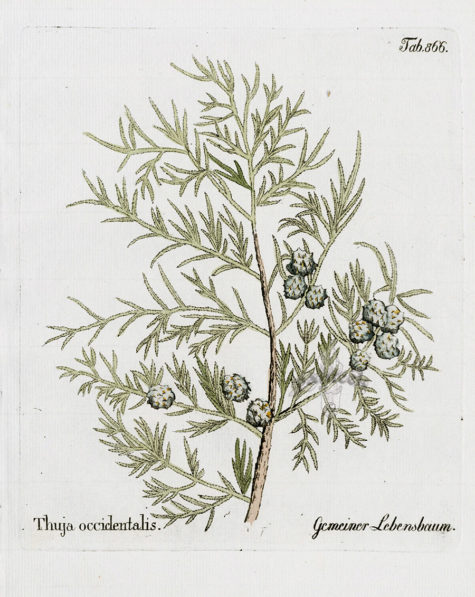
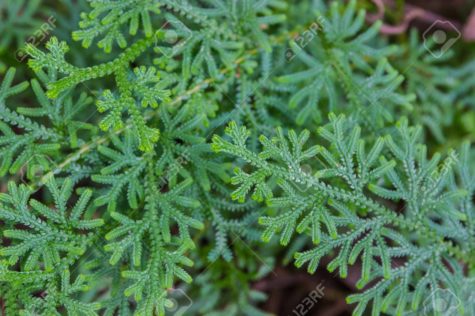
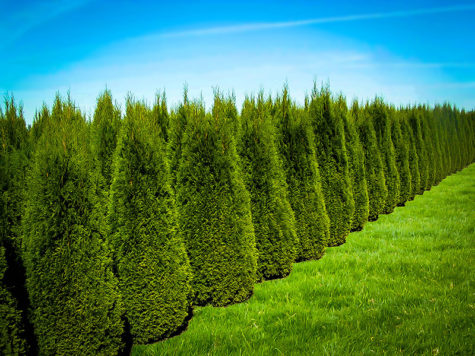
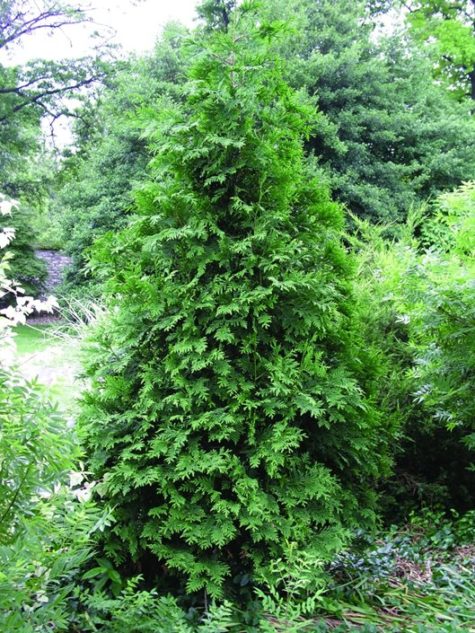
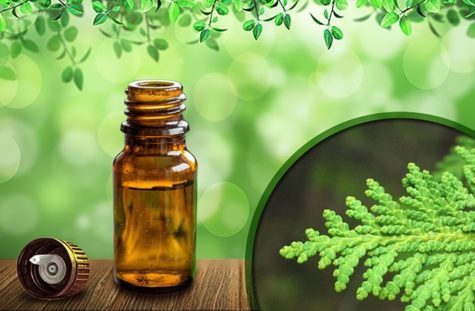
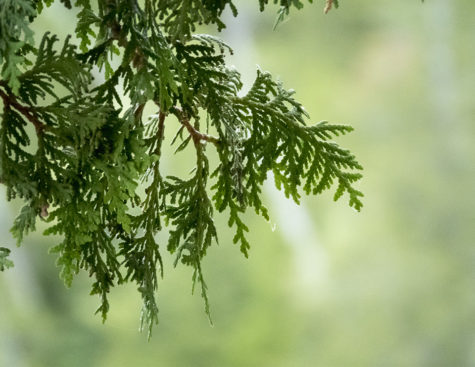
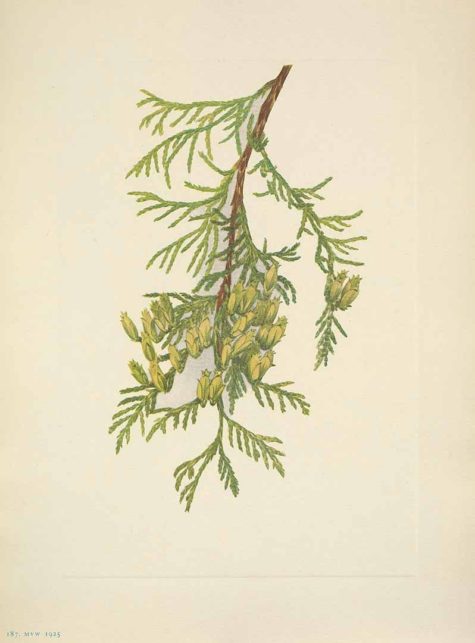
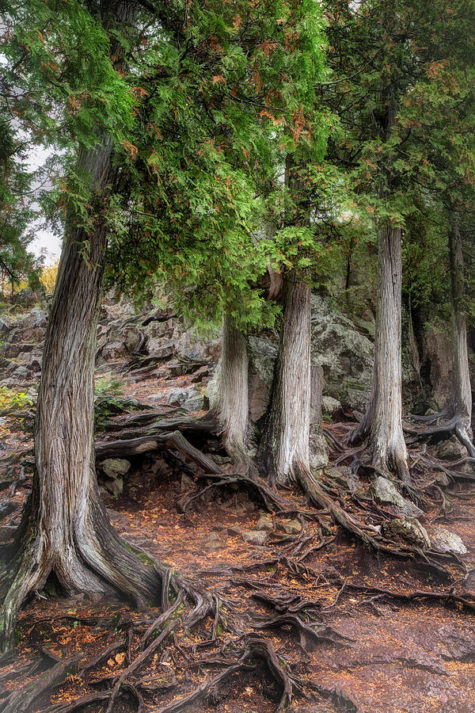
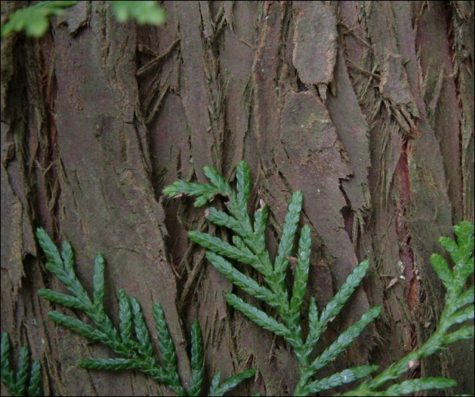
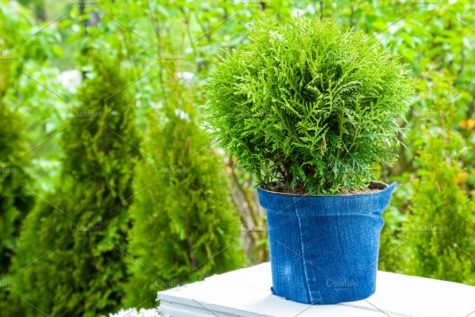

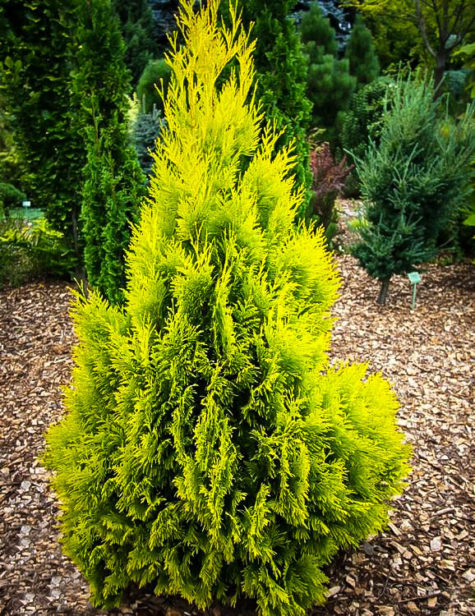



Leave a Reply